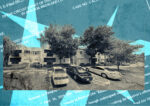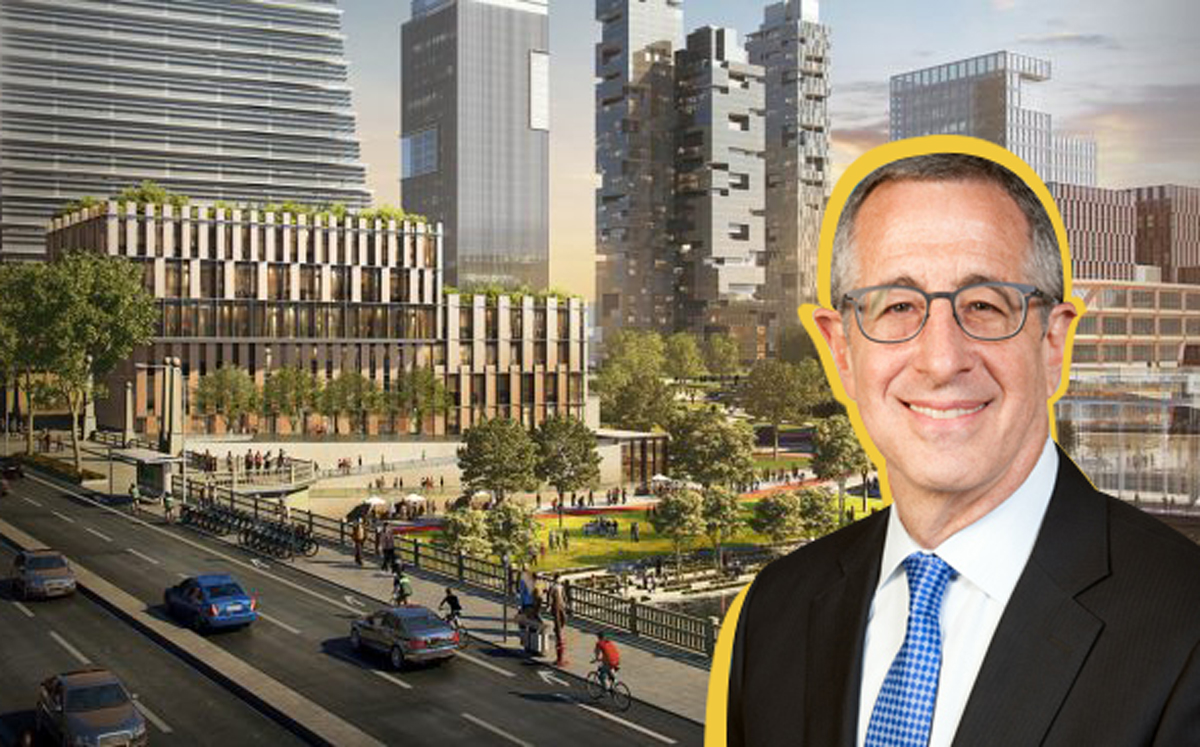A new round of proposed mega-developments promises to transform the city, bringing in billions in investments with promises of tens of thousands of new jobs.
But to get these projects off the ground, the city will need to help pay for infrastructure improvements — and will do so through the use of new “enhanced” TIF districts, David Reifman, commissioner of the Department of Planning and Development, told a meeting of the City Club on Monday.
In a TIF district, tax revenue generated by increased property values is diverted to a special fund to pay for improvements in the district; it does not go to the area’s taxing bodies. But the city’s use of tax increment financing districts has drawn the ire of some residents and city officials.
A proposal to create a TIF district for Sterling Bay’s Lincoln Yards project drew hundreds of skeptical neighbors to a recent community meeting, and the use of TIF funds in to-be-shuttered Target developments caused Mayor Rahm Emanuel to change how they’re used in the future.
Reifman said using TIFs could help pave the way for $20 billion in investment in a handful of mega-projects, Reifman said.
“This use of TIF is not a giveaway,” Reifman said. “It’s an investment that can open up 10 times the total cost in direct spending. Every tax dollar a project generates will be brand new and will not detract from existing obligations.”
Reifman pointed to six sites in particular: Lincoln Yards, The 78, Tribune Media’s Chicago River District, the former Michael Reese Hospital site, the old U.S. Steel South Works site and the Northpointe manufacturing site on the Southeast Side. The redevelopment of those sites has been held back by a number of factors including physical barriers, environmental contamination and the lack of existing infrastructure.
“All of the sites require playing the long game over multiple cycles,” Reifman said. “Our dilemma is how to pay for the significant infrastructure costs without the ability to rely on federal or state resources without raising taxes and without creating risks for the city.”
Part of the answer is asking developers to help pay for the public improvements. But Reifman said TIFs also will be used to create unique pacts with developers to ensure the massive projects have their intended impact.
Both Related Midwest and Sterling Bay want to use TIF funds to pay for infrastructure improvements that will make way for The 78 and Lincoln Yards, respectively.
At The 78 site in the South Loop, Metra tracks will need to be moved, a new Wells-Wentworth connector will create a north-south passage through the site and a new Red Line stop will provide public access. Because Related is applying for the TIF funds, city rules require it to include 20 percent affordable housing units in its plans, not the standard 10 percent.
Plans for Lincoln Yards call for $700 million in public improvements, including new bridges, an extension of the 606 Trail and the reconfiguring of nearby intersections like the one at Armitage, Ashland and Elston.
Clauses in the TIF pacts also would make sure the developers spend what they promised on the development; if they fall short, they will have to pay back the city for the public improvements, Reifman said.




